TH-U iOS up to 50% OFF. Includes the NEW Centuria Learn More...
Models
Complete model list
A journey inside our fantastic products. Discover all the technical features! Just a simple click!
-
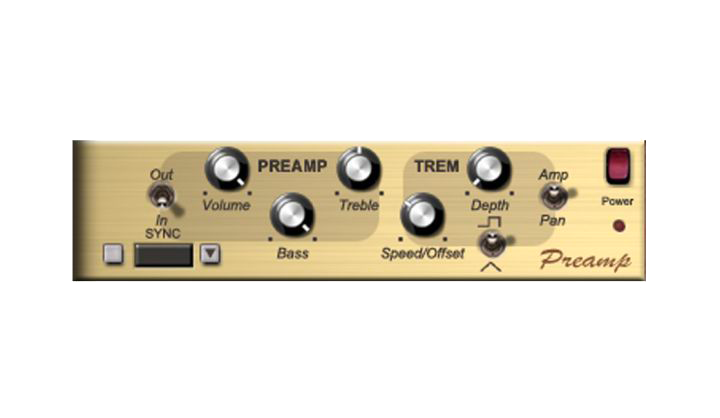 Preamp/Stereo Tremolo
Preamp/Stereo TremoloThis module is inspired by the classic preamp section of a 70s tine- based electric piano and its unique style of stereo panning tremolo, as well as the ‘vibrato’ circuit found on a well known 70s reed-based electric piano and the custom ‘hotrod’ preamp EQ developed and popularised in the 80s. If the EQ found on vintage and ‘hot-rodded’ tine pianos is a part of your sound, you should be very pleased with the VKFX preamp.
-
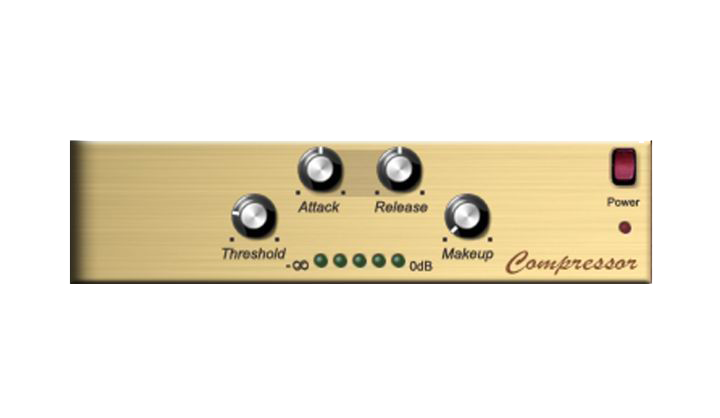 Compressor
CompressorThe VKFX compressor is modelled on early optical style compressors, rather than the VCA compressor/limiter style used in a lot of more recent designs. VCA compression is constantly linear – the more input you feed it, the more the transients get squashed. Compressors based on optical circuits are non linear. They compress predictably at lower levels, but at higher and higher input levels, they start to allow the transients through. The bottom line is that optical style compressors tend to sound more ‘lively’ and less muddy than VCA based compressors. It’s not uncommon to hear people refer to optical compressors as the ‘more musical’ choice.
The VKFX compressor uses a ‘soft knee’ approach, rather than ‘hard knee’. These terms refer to how smoothly the compressor transitions from no compression to its set value once the threshold has been breached. This gradual increase in compression ratio makes the use of compression more transparent. The term ‘knee’ refers to the shape of the curve you get on a graph when you plot changes in the compression ratio as the input level is raised. -
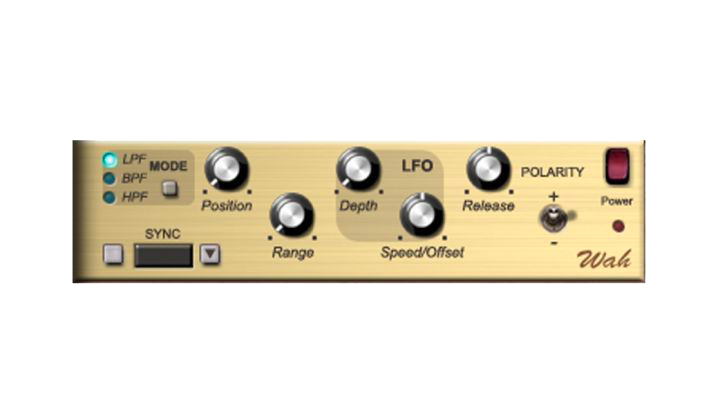 Wah
WahRemember the funky stuff from the 70s? If you do, then you’ll remember one sound which is at the heart of this VKFX module. It’s been given different names, like Envelope Filter, Auto Filter, Wah Filter, Triggered Filter, Envelope Follower, Auto Wah, Touch Wah, Dynamic Filter, Dynamic Wah, and just plain Funky Filter. Whatever the title, it’s the sound that counts – and that ‘whicka whacka’ sound just jumps out of a mix, whether it’s on guitar, bass or clavinet. The classic auto wah pedal responds to variations in the input signal level and uses those level changes to move the cutoff frequency of a resonant filter. Play softly, and the filter just mumbles away, play more sharply and the filter quickly sweeps open and closed, creating the classic ‘wah’ sound. In the 70s, keyboard players found the auto wah a boon, as it really bought some instruments to life, helping cut through a mix like nothing else.
The VKFX Wah expands the user’s control beyond the one or two knobs commonly found on the original auto wahs. You can now choose filter types, change envelope polarity, sweep the filter frequency with an LFO and sync that sweep to an internal or external clock source. You can even assign a midi control source (perhaps a pedal or wheel) to the sweep. -
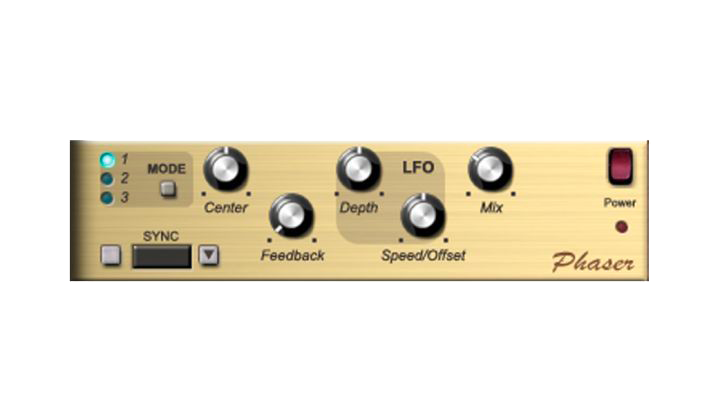 Phaser
PhaserA phaser creates a sweeping effect by modulating a comb filter. With VKFX Phaser you can recreate that kind of bubbling modulation effect so common on the electric pianos. As the filter cutoff frequency is swept (usually by an LFO), you get varying degrees of harmonic cancellation and reinforcement, which results in the ‘phasing’ effect we’ve all come to know and love. If more than one phase shifting circuit is used, the effect becomes more complex. The VKFX uses a 4 stage phase circuit, as did the most popular vintage stomp box phasers of the 70s.
-
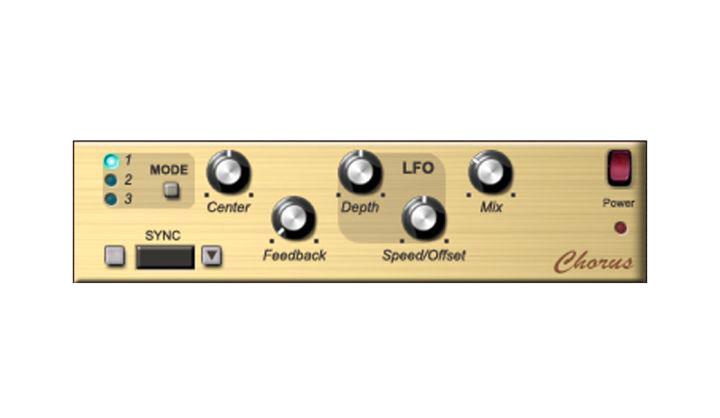 Chorus
ChorusChorus gets its name from the fact that instruments processed through the effect often sound as if they have been double tracked, or as if there is a ‘chorus’ of voices being played. First vintage analog chorus effect were built using bucket-brigade components in order to create a small variable delay in the sound.
VKFX chorus can model that kind of warm chorus sound.
It can also simulate a more sophisticated chorus device designed specifically for keyboards was the ‘ensemble’ circuit found in the ‘string machines’ of the 70s. -
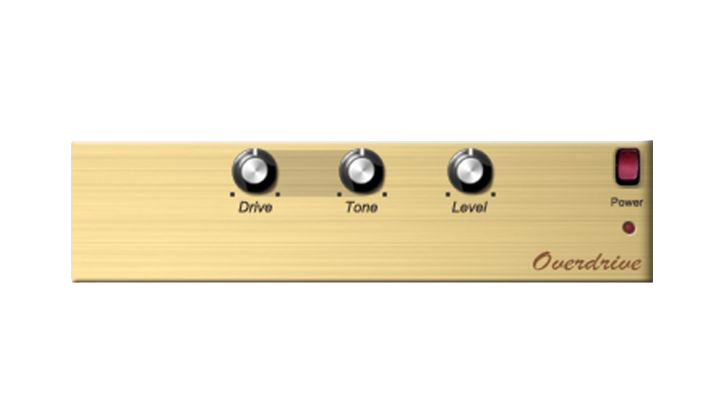 Overdrive
OverdriveThe harmonic distortion produced by a valve amplifier when it’s overdriven is an attractive sound to most musicians (but not their neighbours at 3am!). Unfortunately, it’s generally only achieved by turning the amp up loud. For those of us looking for a little dirt in our sound, the 70s saw the birth of stomp boxes offering ‘solid state’ distortion.
Keyboard players of the time were able to get a very cool distortion sound when running their tine based electric piano into a classic twin channel valve amp, or their tone wheel based organ into a rotating speaker system with a valve amp. As keyboard rigs got smaller and amps became more powerful (and solid state) more than a few keyboard players attempted to replicate the valve sound of their vintage amp or rotating speaker system via a distortion pedal of some kind. One of the most popular overdrive pedals of all time was a small green stomp box, a source of inspiration in the design of the VKFX Overdrive module. -
 Delay
DelayThe Delay module harkens back to the days of tape echo. The original tape echo effect was created by recording an input signal to tape via a tape head and then replaying that signal through another tape head. By placing several heads at different distances along the tape path, they were also able to create different syncopations of delay depending on which heads were monitored.
One feature of tape delays which was lost in the digital move forward was the effect on the sound of the tape itself. In tape delays, the signal is delayed by keeping it on the magnetic tape for a time. For every repetition of the delay, the signal is recorded to and played back from the tape. The more repetitions, the more intense is the effect of the tape on the sound.
The VKFX delay utilises an intelligent tape simulation algorithm which reproduces both the compression effects and frequency response of analogue tape for each repetition of the delayed signal. -
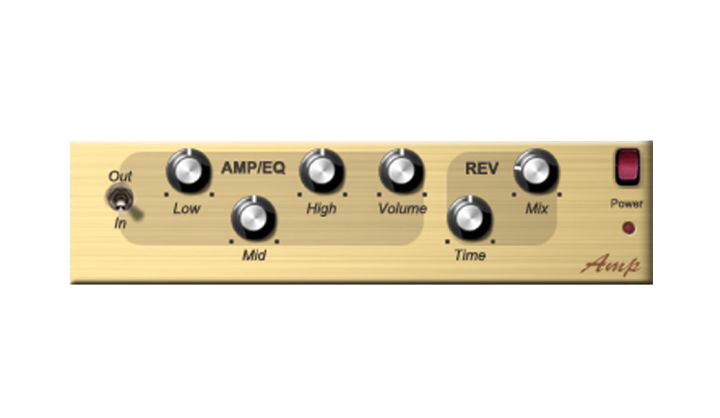 Amp
AmpBefore the advent of solid state amplifiers, the running mate of any classic keyboard was a good valve amp. Amps like the classic twin channel valve amp didn’t just amplify the original tone of an instrument, they coloured and changed it in a variety of ways. Between the EQ circuit, the valves, speakers and cabinet, the sound of an instrument like a vintage tine based electric piano was significantly altered. So much so that when solid state amplifiers arrived on the scene, many a electric piano aficionados complained that their pianos lacked ‘life’ and ‘bite’ when they used these new ‘improved’ designs.
Behind the deceptively simple façade of the VKFX’s Amp module is some very mature amplifier modeling code, also available in the top notch guitar amplifier software Overoud TH1, which will instantly take many players back to the ‘comfort zone’ of their original twin channel valve amp with integrated 2x12” speaker cabinet and spring reverb.
